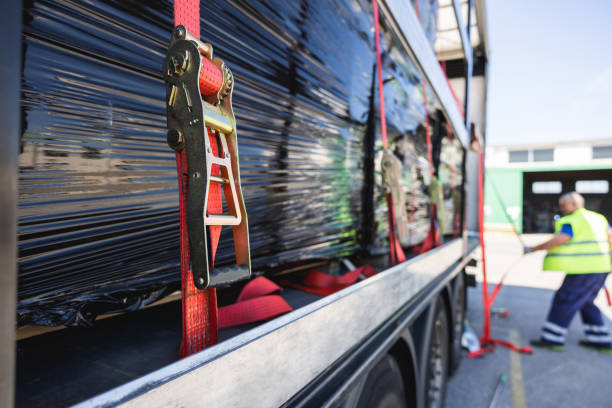A pedelec rider can pedal to power and make the experience more natural. The motor is only active when you pedal, allowing you to achieve speeds of up to 20 miles per hour.
The throttle of e-bikes driven by class 2 motors allow them to travel faster. Under US law, they are classified as mopeds and must be used with a helmet.
Definition
Pedelec is the term used to describe any bicycle with an electric assist that is powered by an electric motor or battery. The power is derived by using sensors to detect pedaling or the bike’s drive system can be switched on and off via an electric control box.
The motor’s power is adjustable based on the distance or speed at which you are riding at. Most Pedelecs determine your force of pedaling and multiply it by power of the motor. This means you will still get a good workout and can ride the bike in the normal way, and not feel like you are cheating.
Batteries that last longer are utilized to satisfy certain laws in certain countries. The Lithium Iron Phosphate (LFP) or LFP batteries are more common and offer an extended life than the lithium ion battery.
E-Bike Types
The vast majority of today’s electric bikes are pedal assist bikes. The motor is activated to assist you pedal when you begin to pedal and shuts off once you stop. This offers a more natural experience for the rider and is typically more safeguarding for the battery.
E-bikes are ideal for people who want a little extra power to get up that hill, get over the headwind, or travel more distance. They are quiet and non-polluting, and can help eliminate the sweat that can be experienced during long rides or steep climbs.
A lot of traditional cyclists opt for pedelecs since they offer the same feeling as riding a bike and do not require insurance or licensing. Class 1 pedelecs have motors that assist riders to pedal up to 20 mph, and class 3 (sometimes called speed pedelecs) can be operated with a throttle at speeds that go up to 28 mph.
Pedelec vs. E-Bike Differences
The two types of electric bikes, pedelecs, and electric bikes are comparable in the sense that both utilize motors that assist in pedaling. However, their purposes and riding experiences differ. This distinction is important because it affects the legal regulations and requirements that apply to each type.
A pedelec’s motor operates only when you pedal giving you a jolt of energy that helps you achieve greater speeds, but it stops once you have stopped pedaling. This allows you to get a good workout while still being relatively energy efficient.
Speed pedelecs (or EAPC in Great Britain) are a different kind of pedelec which can provide you assistance of up to 28 mph before the motor shuts off. They are legal as mopeds and have to comply with strict rules including wearing a helmet. The display must show the continuous maximum power output from the motor and battery.
Class 1
Pedelecs are among the most popular types of electric bikes. They are perfect for people who require a bit of help in tackling the hills or for long distances.
The pedelec, as opposed to an e-bike that is powered by demand, has an electric motor that enhances the pedaling experience instead of taking it over completely. The ride experience is similar to traditional bicycles.
Its controls are based on advanced pedal torque sensors (which measure the amount of power you input) and a high-tech computer chip that manages the data and then send it to the motor. This allows you to attain a maximum assisted speed of 25 km/h.
Pedelecs are also more energy efficient. They consume less energy since the motor is only active when you pedal. They also typically have longer battery lives as opposed to a power-on demand model.
Class 2
Pedelecs are classified as regular bikes and offer power that is automatically generated when you pedal. They’re a great option for people looking to experience a little extra power, without needing to purchase motors or batteries.
E-bikes like these are typically considered safe and environmentally friendly, since they only utilize electric power when you’re pedaling. Pedelecs are a great way to make the most of your cycle, making xe dap tro luc even the steepest hills easy.
Class 2 bikes can reach speeds of up to 20mph. This is more versatile than class 1 models. Some pedelecs have throttles that let you ride faster for a an experience reminiscent of a scooter. Regardless of whether you choose a pedelec or an e-bike make sure you are aware of local rules and regulations pertaining to speed limitations.
Class 3
A class 3 e-bike is similar to a normal bike, except it has an integrated motor that boosts your pedal power. It’s ideal for cyclists who want to get through town without a sweat, or for those who suffer from medical issues like leg muscle, the heart and knee joint problems that make normal cycling too strenuous.
When you pedal your motor, it automatically turns on and then shuts down. It is controlled by a chip in a computer, as well as pedal torque sensors. Most manufacturers equip pedelecs with NiCd batteries, however there are some that offer lithium iron phosphate (LFP) batteries that are less hazardous, more lightweight and last two times longer.
Class 3 electric bikes can reach an assisted maximum speed of 28 mph, which makes them legal in most states as long as they stay under that limit and are only allowed on bike paths and other routes that are designated. They have to be insured and registered like mopeds and riders are required to wear helmets.




